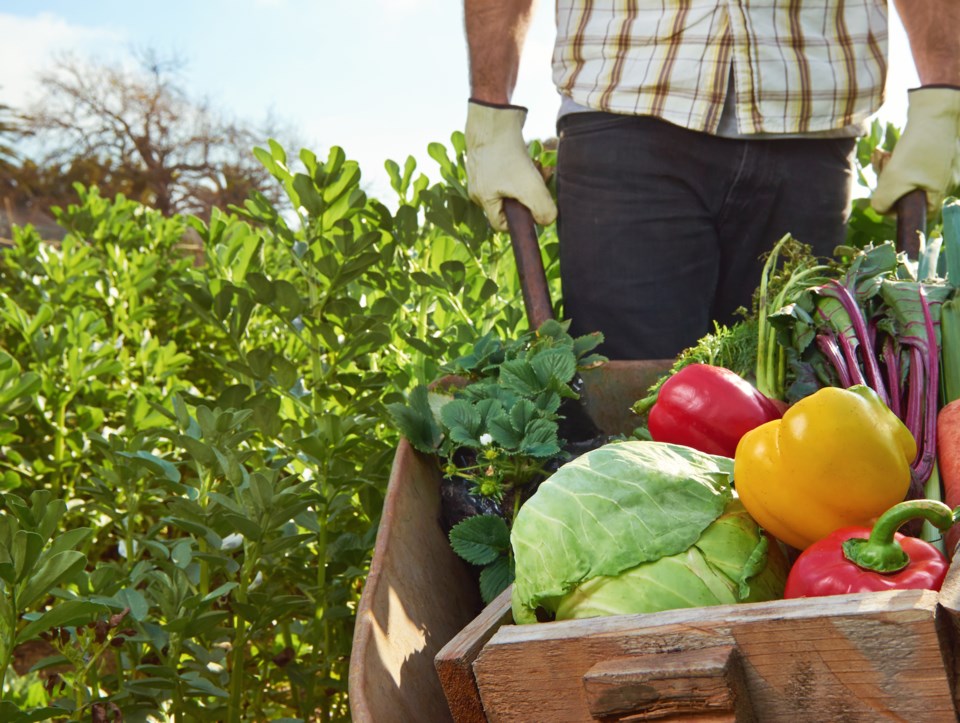It’s hard to imagine that in a modern, progressive province such as Ontario, people have old fashioned perspectives about anything… isn’t it? After all, Ontario is home to one of the greatest, most multi-cultural cities on the planet. We’re Canada’s hi-tech corridor. We’re abandoning archaic liquor laws that hindered tourism and development. We’re world class in so many ways.
Yet, we have what the Ontario Federation of Agriculture calls “old-fashioned” ideas about farming. And it’s a real problem.
Here’s how the federation arrived at that conclusion. To chart a course towards better food literacy, it surveyed 1,000 Ontarians to see what they knew about food and food production, and what their concerns about it are.
The report on that fact-finding mission, released this week, shows there is a lot of room for food literacy improvement.
For example, the federation said respondents “neglected to consider the fact that modern agricultural practices need to produce enough food for more people than they did in the past.” It called such thoughts and opinions about farming “old fashioned.”
Even though we live in an era of unprecedented food safety, nutrition and information, the federation found common misconceptions about Ontario agriculture practices related to the treatment of animals, pesticides, hormones, antibiotic use, agriculture’s environmental footprint and the size and farm ownership.
I’ve always scratched my head over misconceptions about the farm ownership. More than 95 per cent of farms are owned by families. Like other businesses, they may have created corporations for legal or financial purposes. But families still own them.
However, that’s not what people think of when they hear the word ‘corporation’. And no one has effectively told them otherwise. Instead, they’ve been misled to believe their food is being grown in outdoor factories, by soulless employees unattached to the exercise. And that is so untrue!
But consider the source; many of the federation’s research participants claimed documentaries they watched about animal welfare and food production and processing on Netflix and YouTube were credible sources of information.
All this underlines how farming needs to put more money into education and connecting with consumers. “Reconciling this disconnect may improve attitudes towards farming, and help members of the general public understand the need for modern technology in agriculture today,” says the report.
I think “may” is an understatement – without reconciliation, how will farmers and consumers work towards a better understanding?
The clock is ticking. It’s not only middle-aged householders who are confused – it’s also young people who are grocery shopping for the first time, moving out and starting their own families.
The federation found the cost of food and the time it took to prepare it were the most cited factors impacting meal planning, food purchasing, and food preparation. Kids are not regularly involved in meal planning, purchasing, and preparation, it found. And while children are consulted to ensure the food being prepared for meals is to their liking, they do not play an active role in the purchasing or preparation process.
All this contributes to teenage consumers having limited cooking skills.
“Some of the participants reported being able to prepare basic meals for themselves, while others considered preparing pancakes from a pre-packaged box, toasting bread, or cutting up fruit with yogurt to be cooking,” the report said.
No wonder consumers reported convenience, rather than their source of food, is a major buying factor. If preparing pancakes from a pre-packaged box constitutes cooking to you, and that you picked up such habits from your parents (or the Internet), it likely doesn’t matter much to you where you shop.
Finally, equally worrying about the federation’s research results is that most participants said they were uncertain of how and where to access credible nutrition information. Alarm bells are ringing about obesity and yet vitally important information sources such as dieticians are still unknown.
So much room for improvement, indeed, and such a need for greater food literacy.
